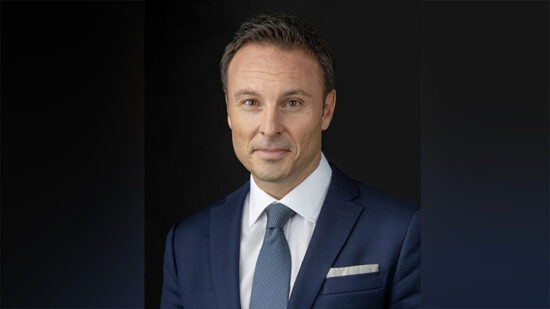According to the latest edition of the firm’s quarterly Portfolio Barometer, which analysed 103 model risk-rated portfolios managed by UK financial adviser and wealth management firms in the three months from April to June of 2015, allocation funds, on average, added little in the way of diversification benefits.
Cautious funds demonstrated a correlation of 0.75 to conservative portfolios, moderate funds, 0.84 to moderate portfolios and aggressive funds registering 0.80 to aggressive portfolios, the firm said.
The research also showed that, on average, risk and return levels for allocation funds are very similar to their corresponding model portfolios.
“In a majority of cases, advisers selected allocation funds matching the risk profile of the overall portfolio – for example a Conservative portfolio might include a Cautious allocation fund. Given this, most allocation funds added little to their parent portfolios in terms of performance, although there were several strong performers which bucked the general trend,” the firm said.
Matthew Riley, head of research, at Natixis Global Asset Management’s portfolio research & consulting group, in many respects the findings are no great surprise as both the funds in question and the advisers selecting them have been trying to achieve the same objective. But, he added: “This means that the marginal benefits of including many of these funds in portfolios has been limited, while simply adding another layer of fees.”
In order to combat this unnecessary extra layer of fees, Riley said advisers need to better determine what they are hoping to achieve from a multi-asset fund holding – is it for diversification, added performace?
“Our analysis shows that there are a few funds that are genuinely different from adviser portfolios – however, advisers will have to look hard to find them.”







